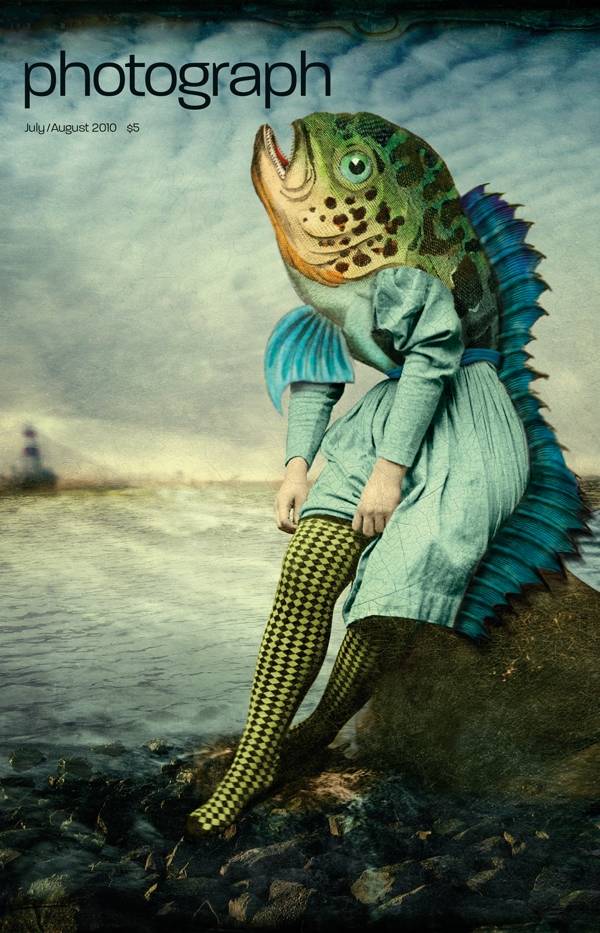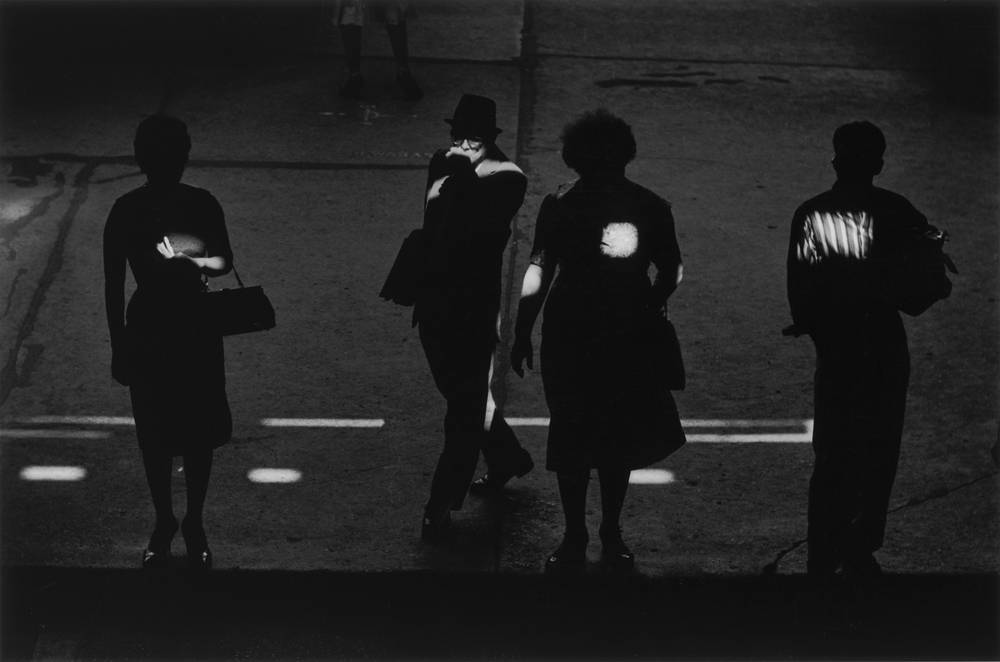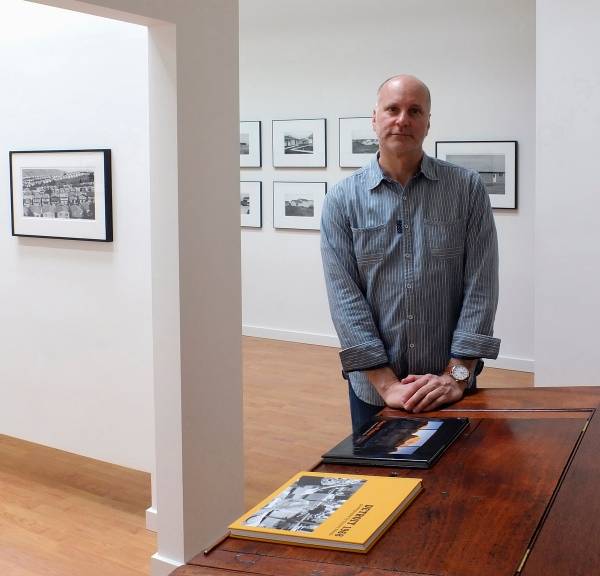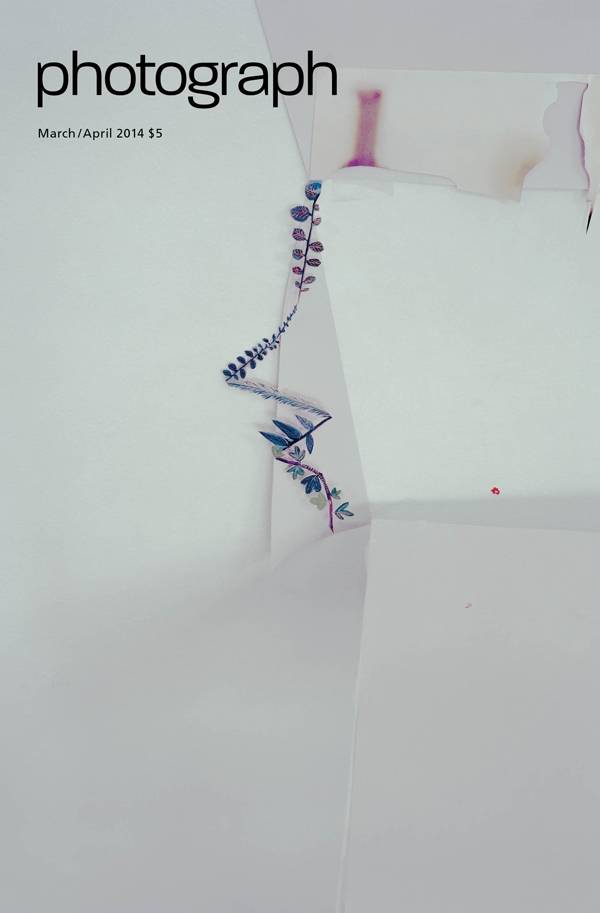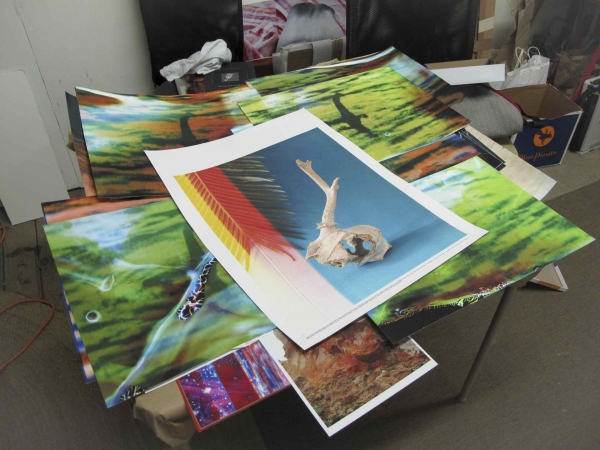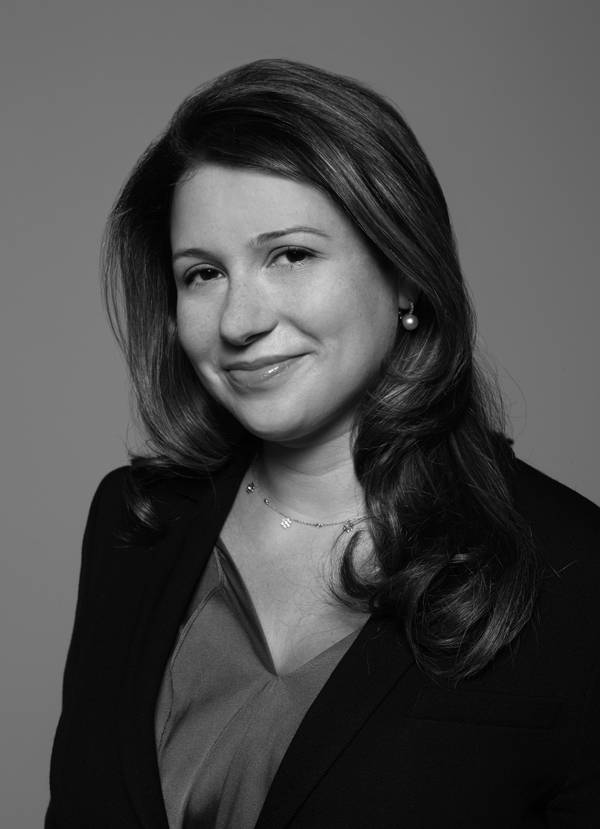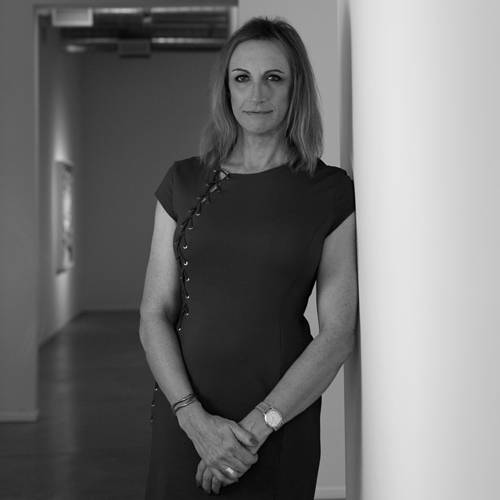

Photo courtesy Tony Luong
Joseph Carroll is many things—urban planner, gallery director—but father isn’t among them. So the name of his Boston contemporary art gallery, Carroll and Sons, is a bit misleading. It does, however, evoke the sort of family business, roll-up-your-sleeves work ethic that Carroll admires. Chances are the 47-year-old dealer himself, tastefully clad in dark jeans and cardigan, will greet you as you enter the sunlit, 2,000-square-foot space in the renovated red-brick South End warehouse gallery complex that, a century past, served the bustling Boston waterfront. “People ask ‘are you the son?’ It’s a question that breaks the ice and makes the interaction a bit more personal and warm. It also communicates to people that they’re going to encounter something unexpected.” His spring show, by Monique Johannet, for instance, re-interpreted the oeuvre of Roy Lichtenstein into such diverse media as a wooden charm bracelet sculpture five times larger than life size. Carroll’s curatorial program always treats the fine and photographic arts in ways that gently disrupt the viewer’s desire to make distinctions between the two. “What they’re going to see,” says Carroll, “isn’t just a row of pictures around a room.”
Carroll forged his dealing sensibility during his many years in urban planning. Raised in a rural community 45 minutes outside of Columbus, Ohio, Carroll spent his early years with his parents and three siblings on a working farm, and his high school years as a self-described “Glee kid.” College was Miami University near Cincinnati, where Carroll opted for a BFA in environmental design. In 1986 he came East to summer on Martha’s Vineyard and ended up landing a job with the Edgartown planning board doing administrative work. Phillip Herr, a well-regarded planner on the board, brought Carroll to Boston in 1988 to work in his consulting firm. Carroll stayed on as an associate for 13 years, learning from Herr’s holistic approach to integrating historical preservation and innovative design. He took classes at Harvard’s extension school in art history on the side, and he traveled frequently to New York for intensive, day-long visits to galleries and museums. Eventually, he earned his MA in art history from NYU.
In 2000, scaling back his hours at the consulting firm, he took on the role of gallery director for dealer (and then PBS Antiques Roadshow host) Daniel Elias, who gave Carroll a great deal of creative freedom. When Elias came back from his Roadshow duties in 2003, Carroll left to become gallery director at Bernie Toale’s thriving space, starting with a solo show of Abe Morell and increasing the gallery’s commitment to photography. Toale left the business in 2008 and Carroll stayed on in the same location, now under his own shingle, showing a mix of mid-career and emerging artists, many of them with ties to Boston.
”I believe the photograph is central to contemporary practice,” says Carroll. “It engages with ideas the same way as painting or sculpture. A Stephen Tourlentes landscape of a prison, the way it’s encased in light 24 hours a day, becomes a metaphor for transcendence; and Laura McPhee’s work doesn’t only show us nature, but the way we, as humans, leave our traces on the land.” He pauses to let the sounds of a jackhammer working on a construction site outside his window subside and adds, “I think the trajectory of history is a little more blurred than it used to be.”

